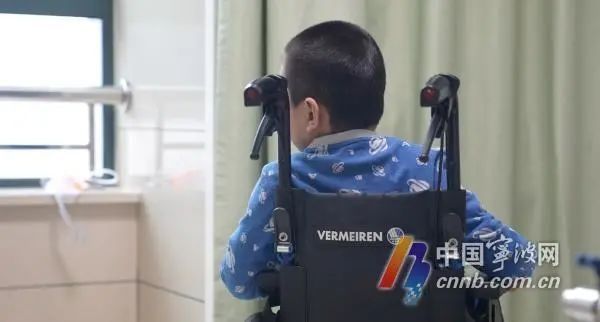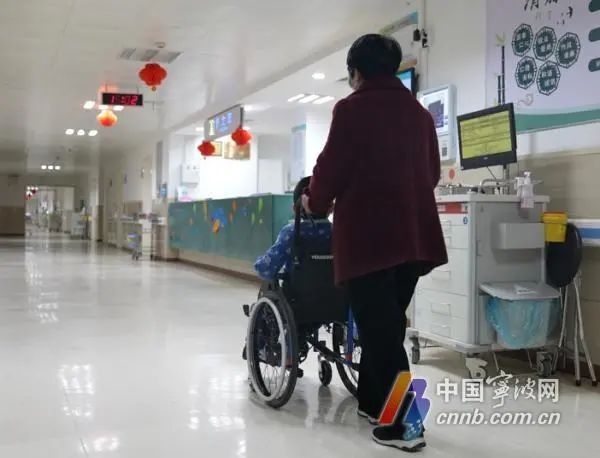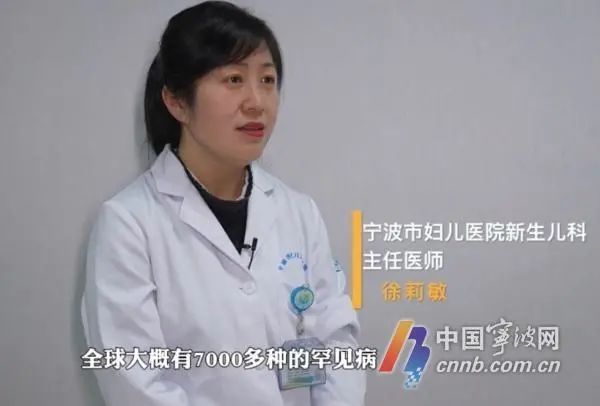Tomorrow (28th) is International Rare Disease Day. Some diseases are often overlooked because of their rarity. Today, let’s focus on these rare disease patients.
“I want to run on the playground” “I want to play with my classmates” “I want to look up at the stars”…
The person who said this is a spinal muscular atrophy (SMA) child named Lele, who is 8 years old and cheerful and smiling. Since he was more than one year old, his parents found that his walking posture was different from that of ordinary children. After that, he went to see a doctor in various places until he was diagnosed with a rare disease of spinal muscular atrophy in 2017. With the growth of age, Lele’s muscle weakness and atrophy became more and more serious. He couldn’t raise his head while lying on his stomach, and he couldn’t walk with his legs. A wheelchair became an indispensable tool for him to travel.

In January this year, Nosinagen Sodium Injection for the treatment of spinal muscular atrophy dropped from 700,000 yuan per injection. To 33,000 yuan per injection, and included in medical insurance. For the Lele family, this news is undoubtedly a light in the dark. “We were so happy, we felt that Lele was saved, and immediately signed up to become the first beneficiary in Ningbo.”
In addition to spinal muscular atrophy, behind the names “Children of the Moon”, “Star Catcher”, “Porcelain Doll” and “Butterfly Baby” correspond to albinism, Marfan syndrome, and osteogenesis imperfecta. and rare diseases such as epidermolysis bullosa. It is understood that there are more than 7,000 rare diseases in the world, and there are more than 20 million patients with rare diseases in my country.

Xu Limin, chief physician of the Neonatology Department of Ningbo Women’s and Children’s Hospital, according to incomplete statistics, during 2017-2020, in More than 2,000 children with rare diseases have been hospitalized in Ningbo, and 80% of these rare diseases are caused by genetic defects. Rare diseases involve endocrinology, neurology, rehabilitation, gastroenterology, cardiovascular and other disciplines, and it takes an average of 5 to 8 years before a diagnosis is made. Dr. Xu believes that with the continuous improvement of the detection level and the gradual deepening of the understanding of rare diseases among clinicians and the public, more rare diseases are diagnosed in infants and young children.
Yi Yi is a premature baby born at 36 weeks who was followed up by Dr. Xu. She has poor hearing, long eyelashes, wide split eyes, low ear position, and a heart problem. Dr. Xu, who had seen thousands of healthy newborns, had doubts about Yiyi and suggested that Yiyi’s parents give her a genetic test. A few days later, genetic reports confirmed that Yiyi had a rare disease: Kabuki syndrome. Facing the child who was still waiting to be fed, Yiyi’s mother almost collapsed. It can be said that a rare disease is like a big rock, pressing down on the family and making it impossible to see hope.
Some people say that as soon as a patient with a rare disease is born, the countdown to life begins. So how can we fundamentally prevent and reduce the occurrence of rare diseases? Ding Shuxia, director of the Pediatric Endocrinology Department of Ningbo Women’s and Children’s Hospital, told reporters that there are currently three levels of rare disease prevention, pre-pregnancy eugenic examination and related consultation, prenatal screening and prenatal diagnosis, newborn disease screening and treatment of congenital birth defects. . In addition, many rare diseases can now be found through genetic testing and screening. Genetic testing and screening of both husband and wife before pregnancy can detect pathogenic mutations in time and reduce the incidence of birth defects in newborns.
In view of the low scientific research investment, low diagnosis rate and lack of effective treatment methods for rare diseases, the vast majority of patients and their families are faced with the predicament of no cure. At the same time, it is difficult to treat after diagnosis, and faces the double mountain of huge psychological and economic pressure. Ningbo Women’s and Children’s Hospital, together with Ningbo Charity Federation and Zhejiang University Alumni Association, will launch an empowerment project for children with rare diseases in Ningbo tomorrow, hoping to help children with rare diseases and their families get more social support and treatment, so that They can go further and see the bigger world.
“The night Lele finished the first injection, he told us that we could look up at the stars, and our whole family cried,” Aunt Lele said emotionally.
“When I grow up, I want to be a teacher and a sign language teacher”, Lele, whose parents are both deaf and mute, expressed such a wish at the end of the interview. At present, Lele has completed three injections of Nosinagen Sodium Injection, and performed bilateral Achilles tendon lengthening and joint capsular release surgery. The road ahead is difficult but full of hope.

Lele is unfortunate, but for most rare diseases for which there is no cure, he seems to be lucky. I hope that Lele will be able to step onto the three-foot platform in the future, and I hope that more rare diseases will be seen and cured. Reporter Yu Lina Sun Yuzhuo Correspondent Ma Dieyi